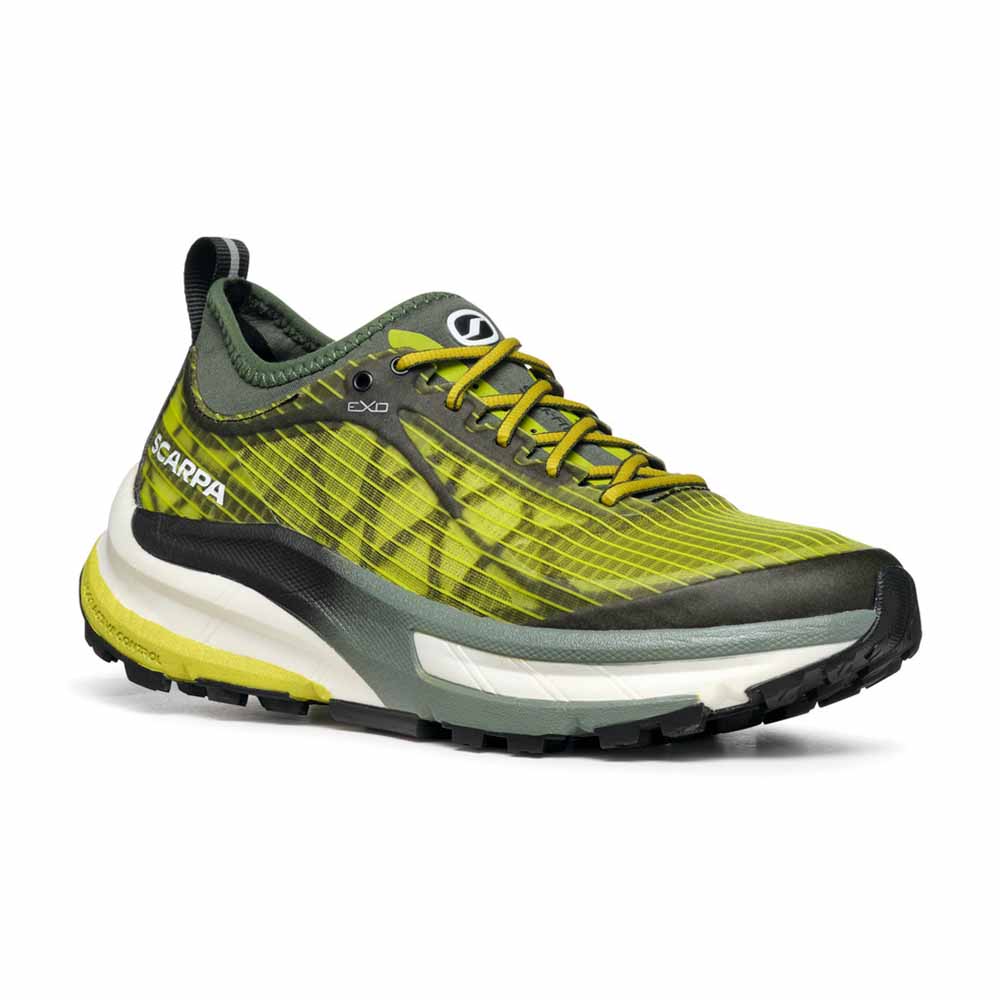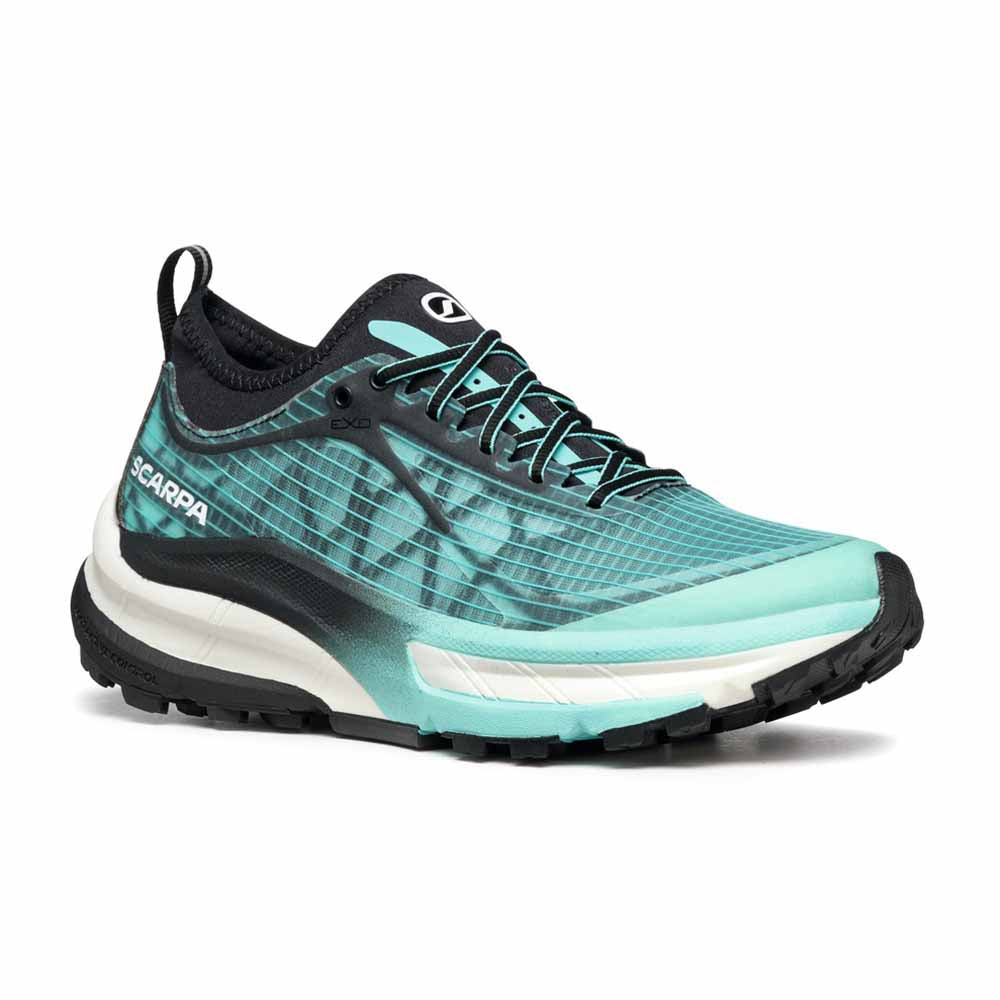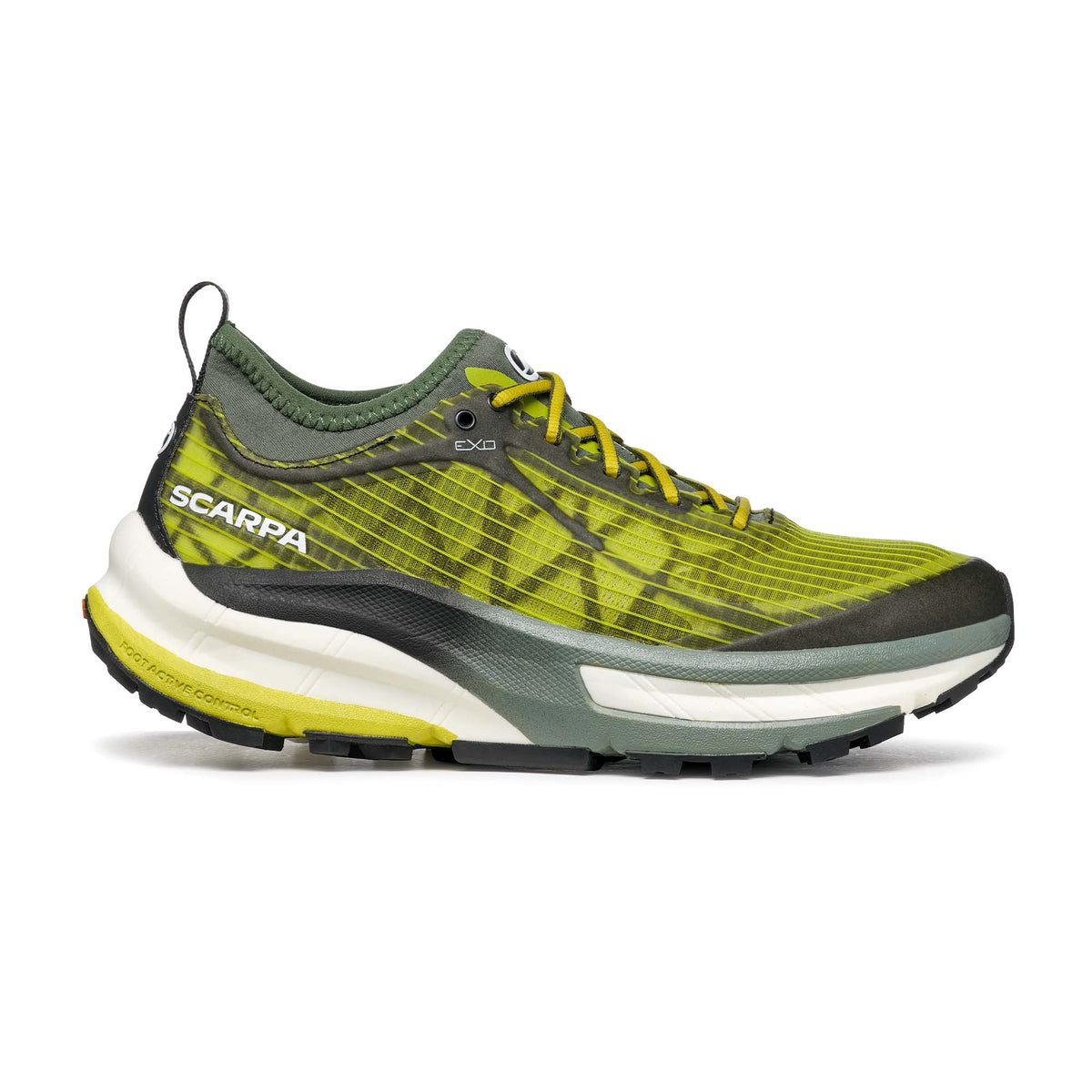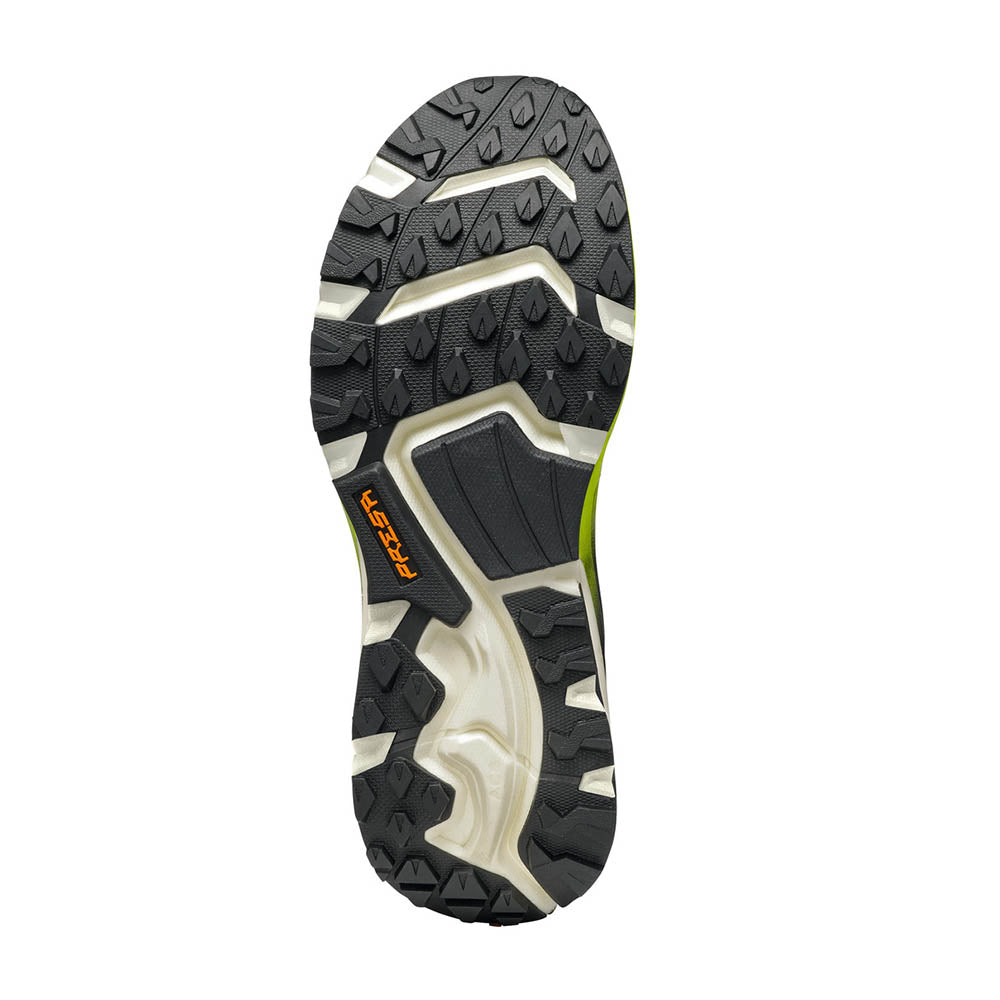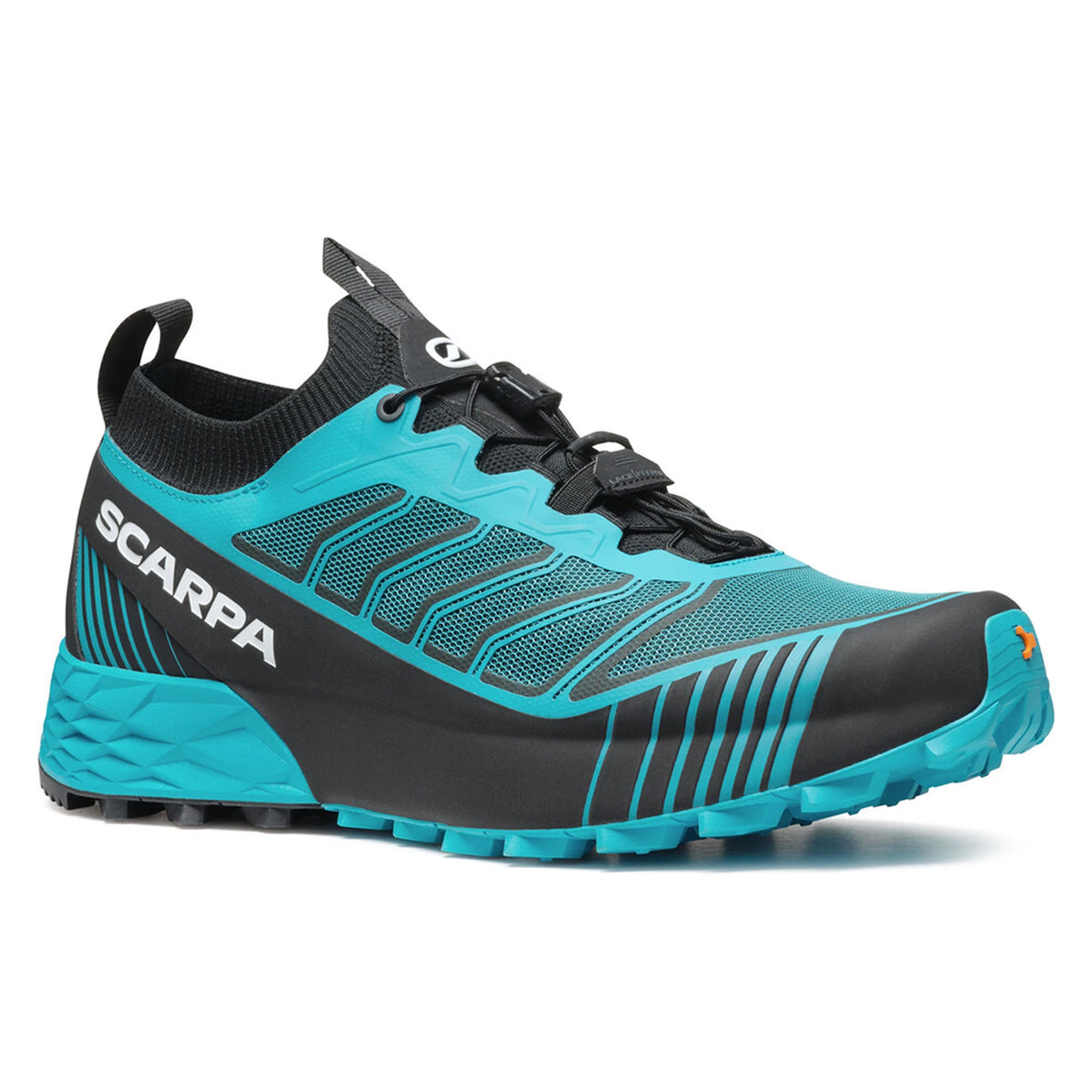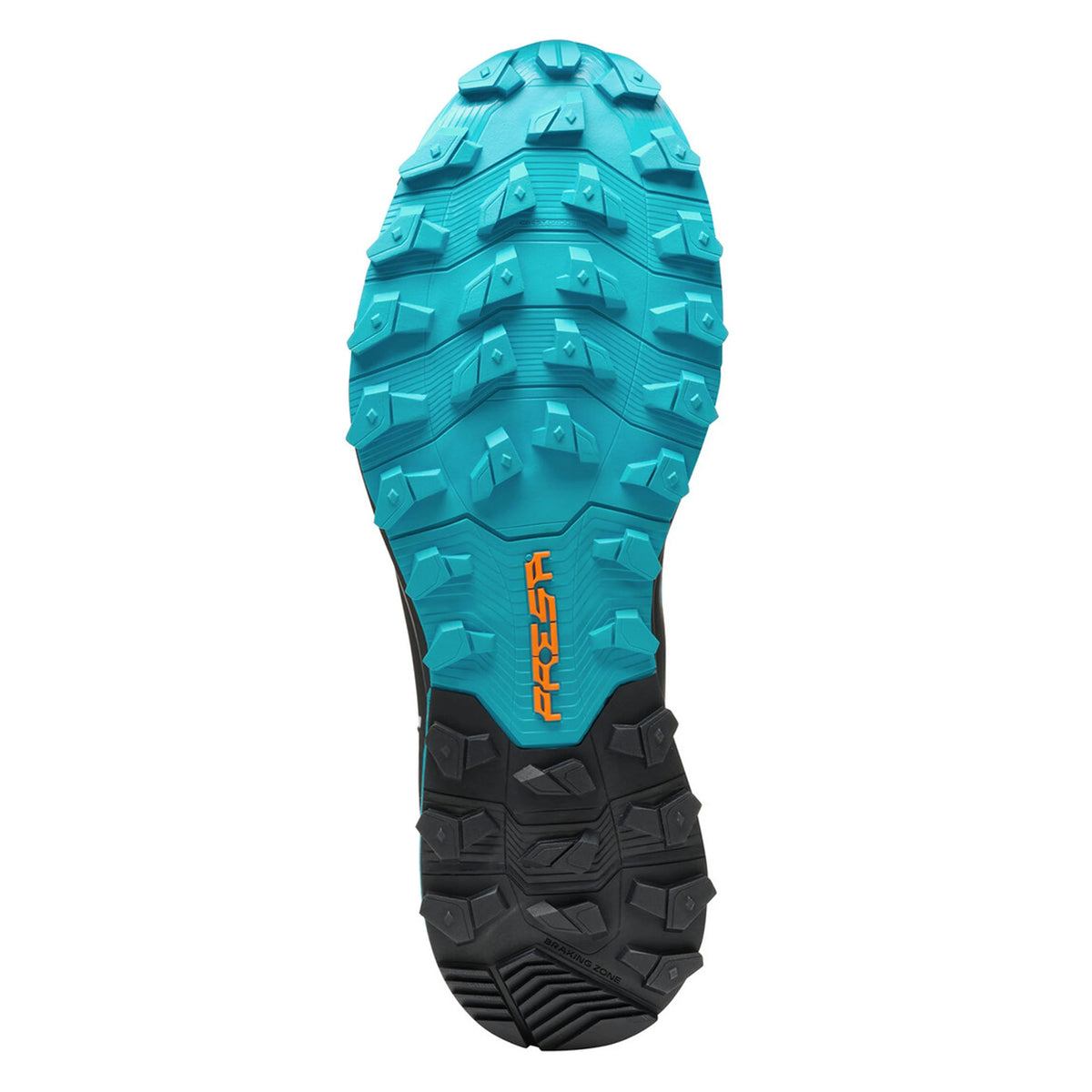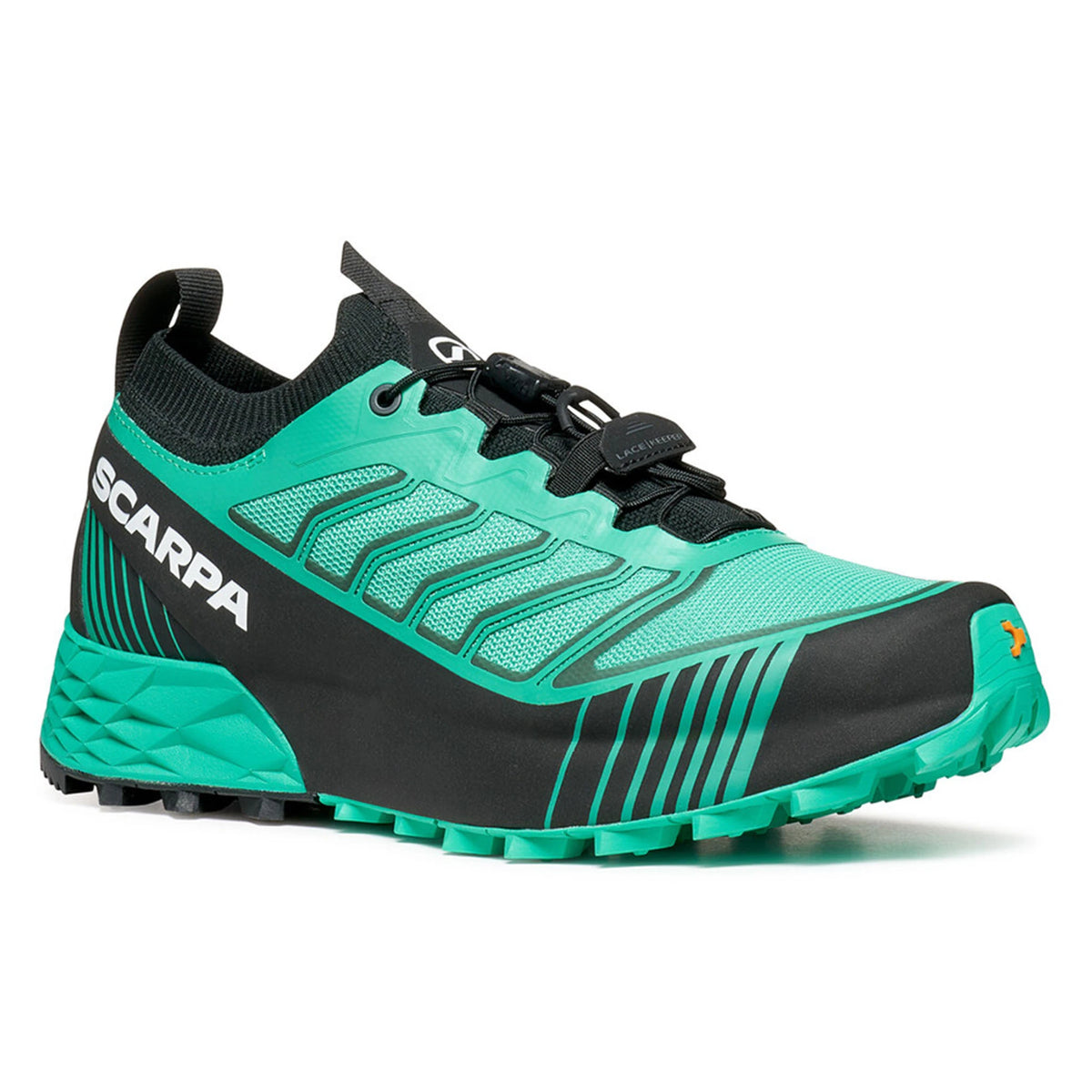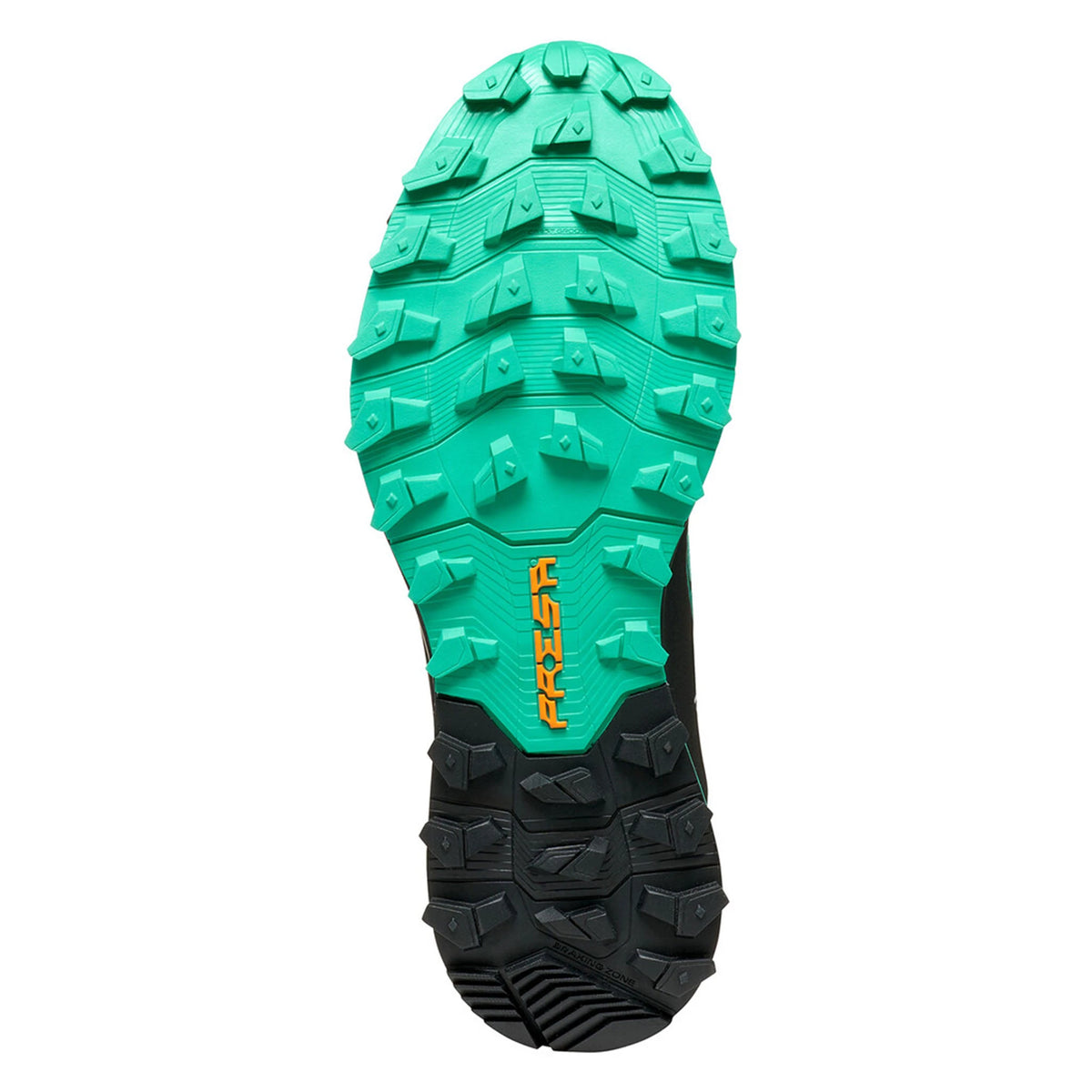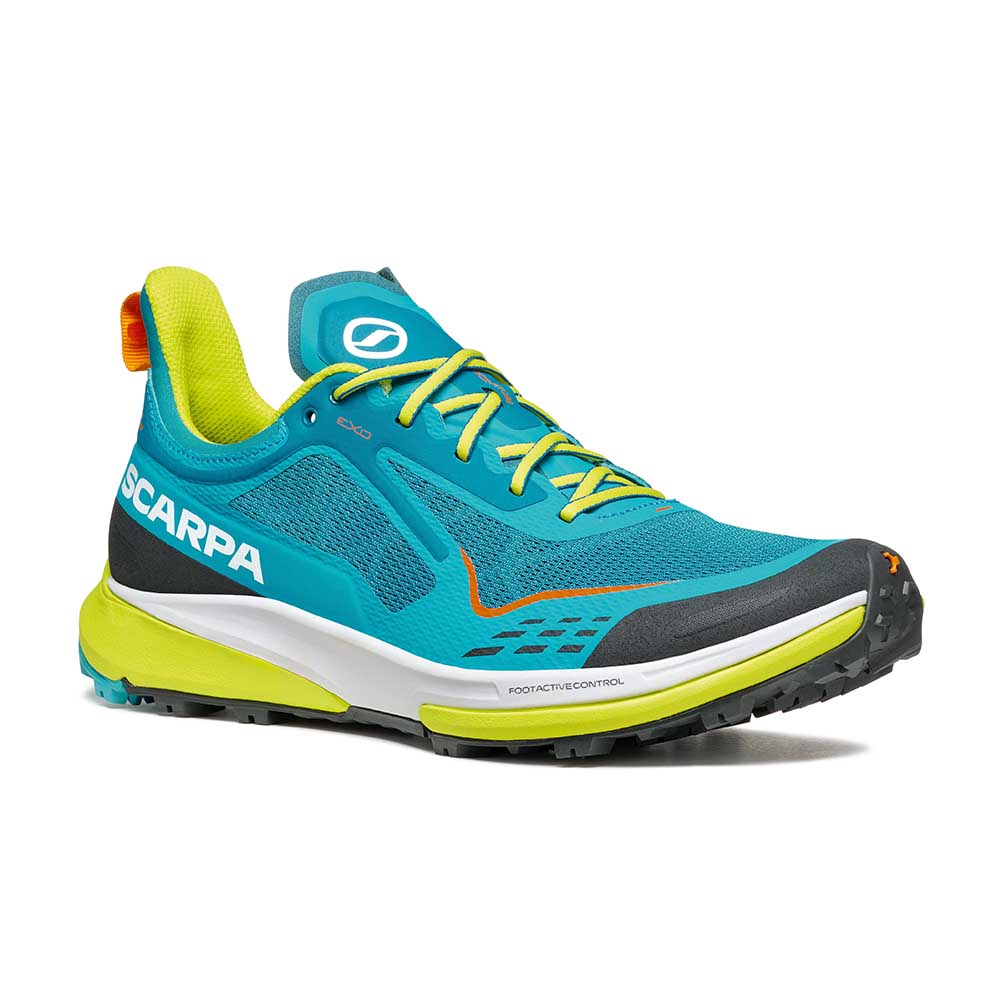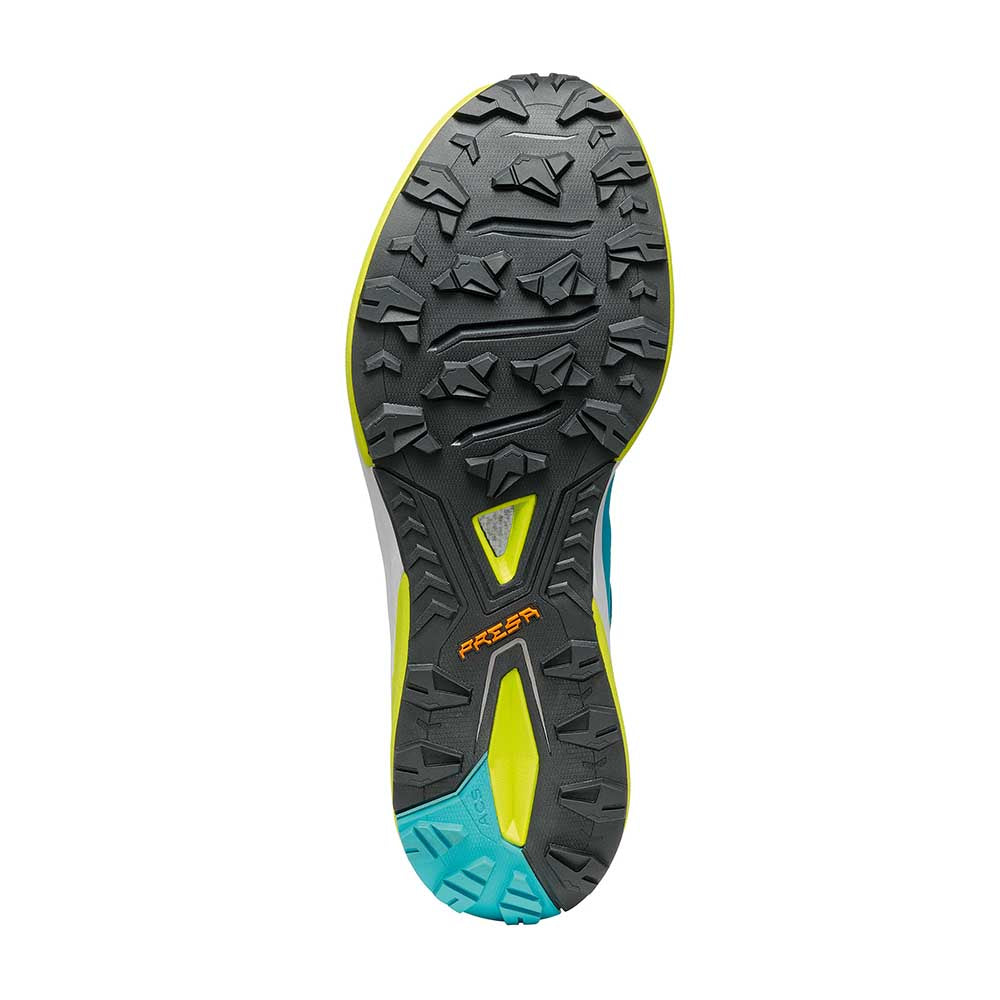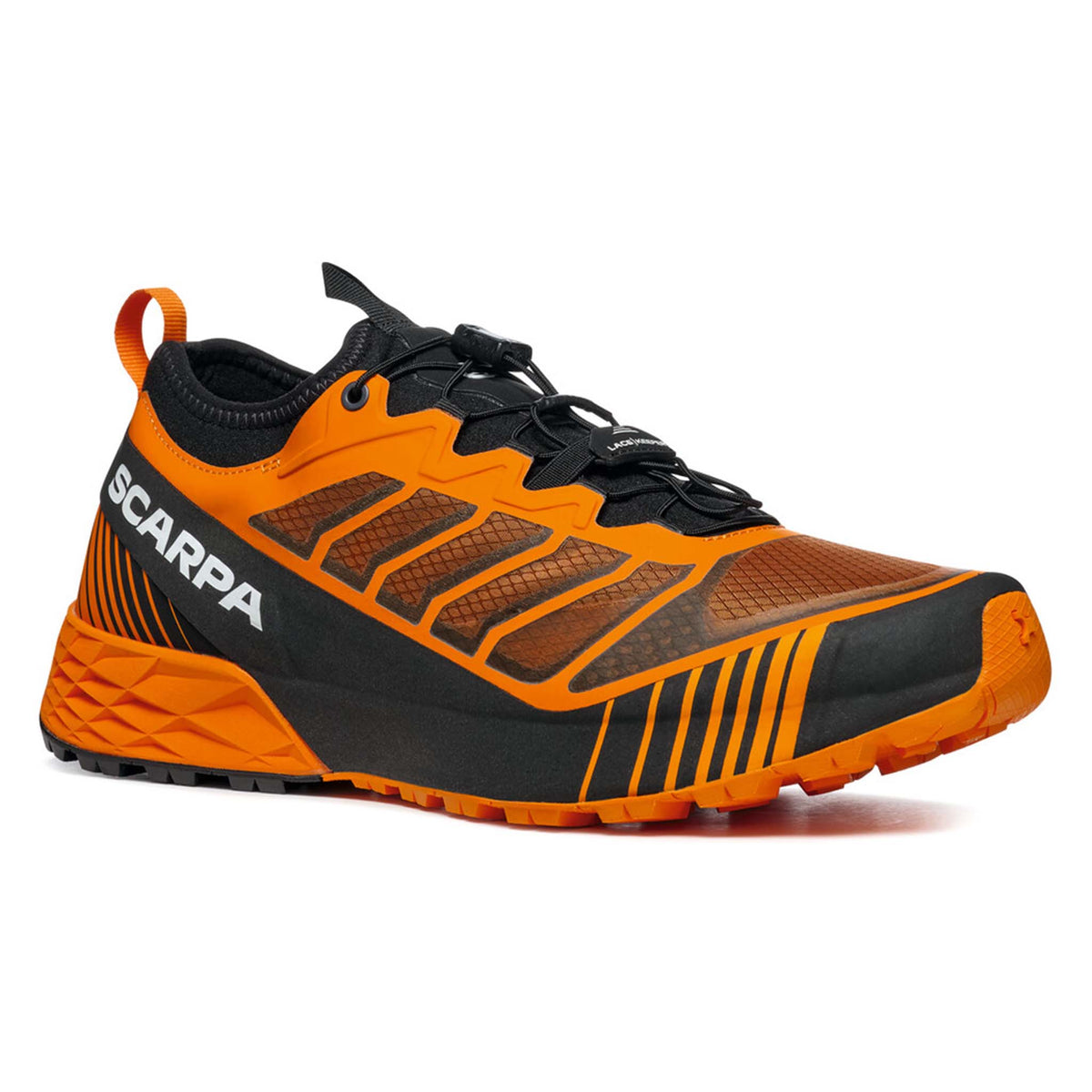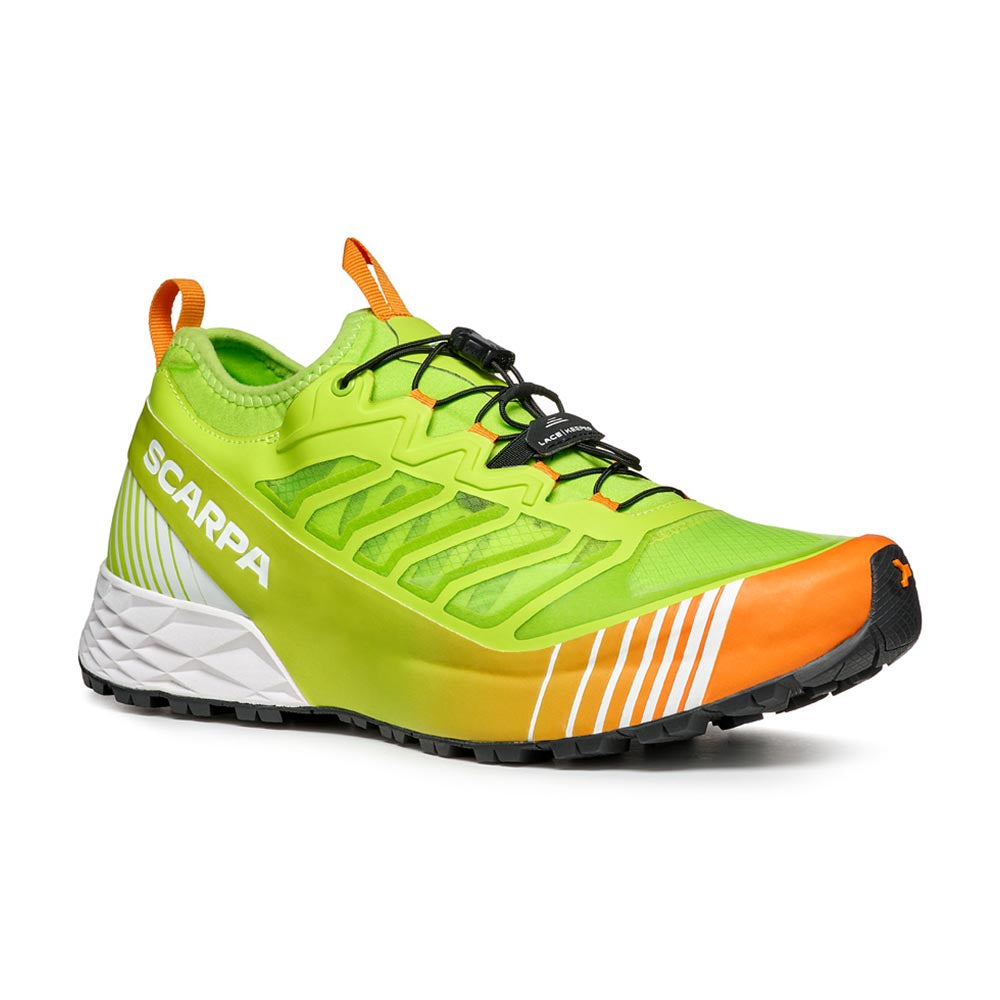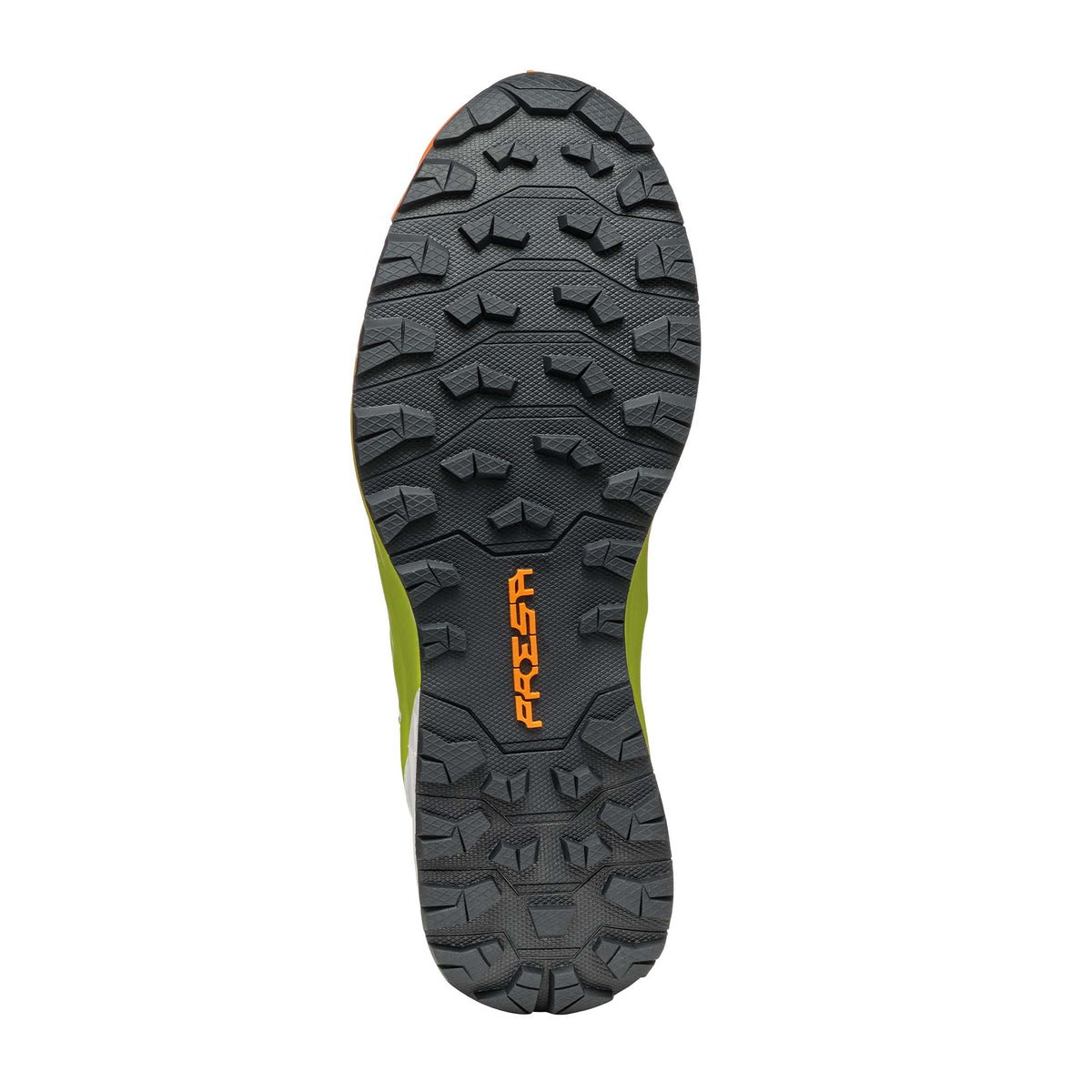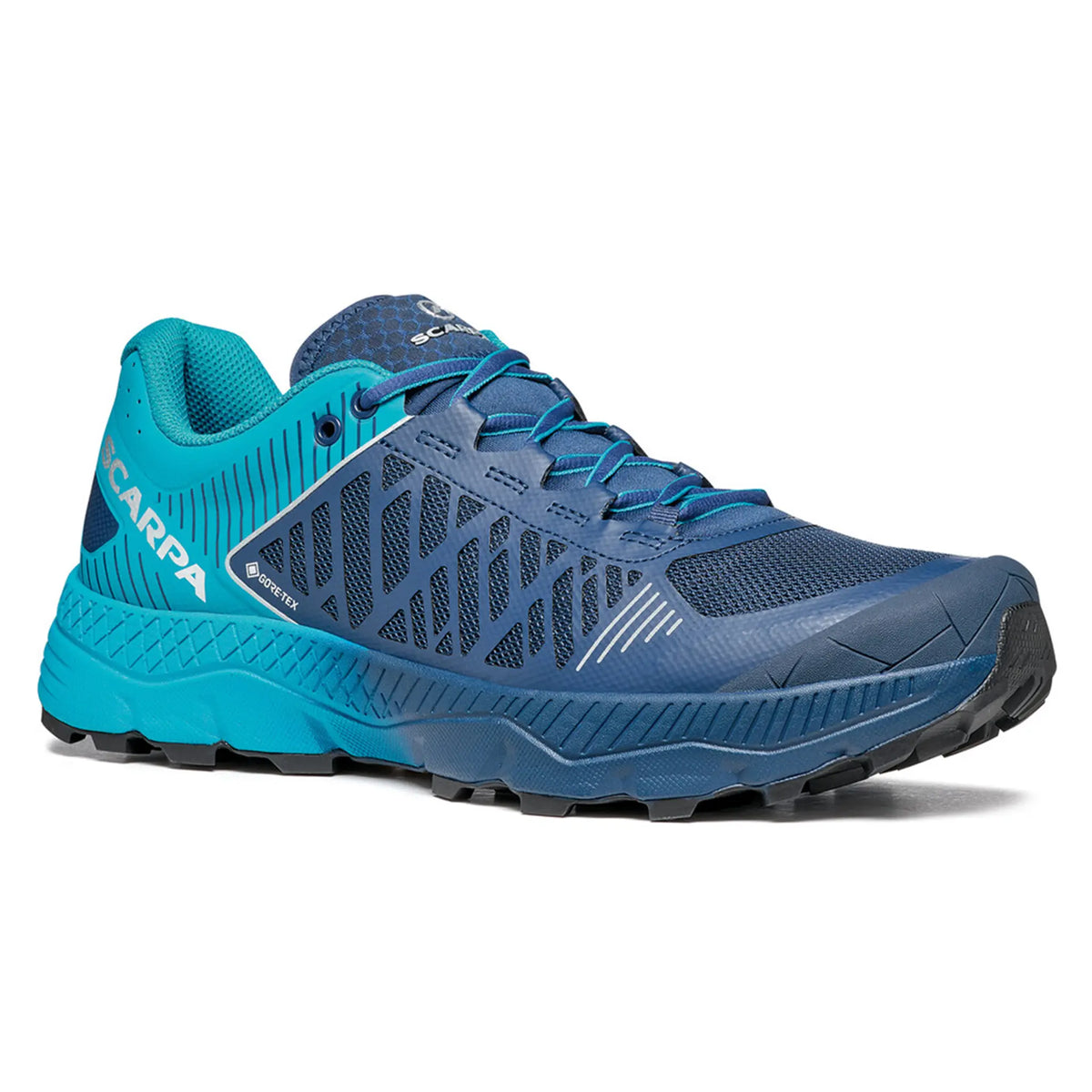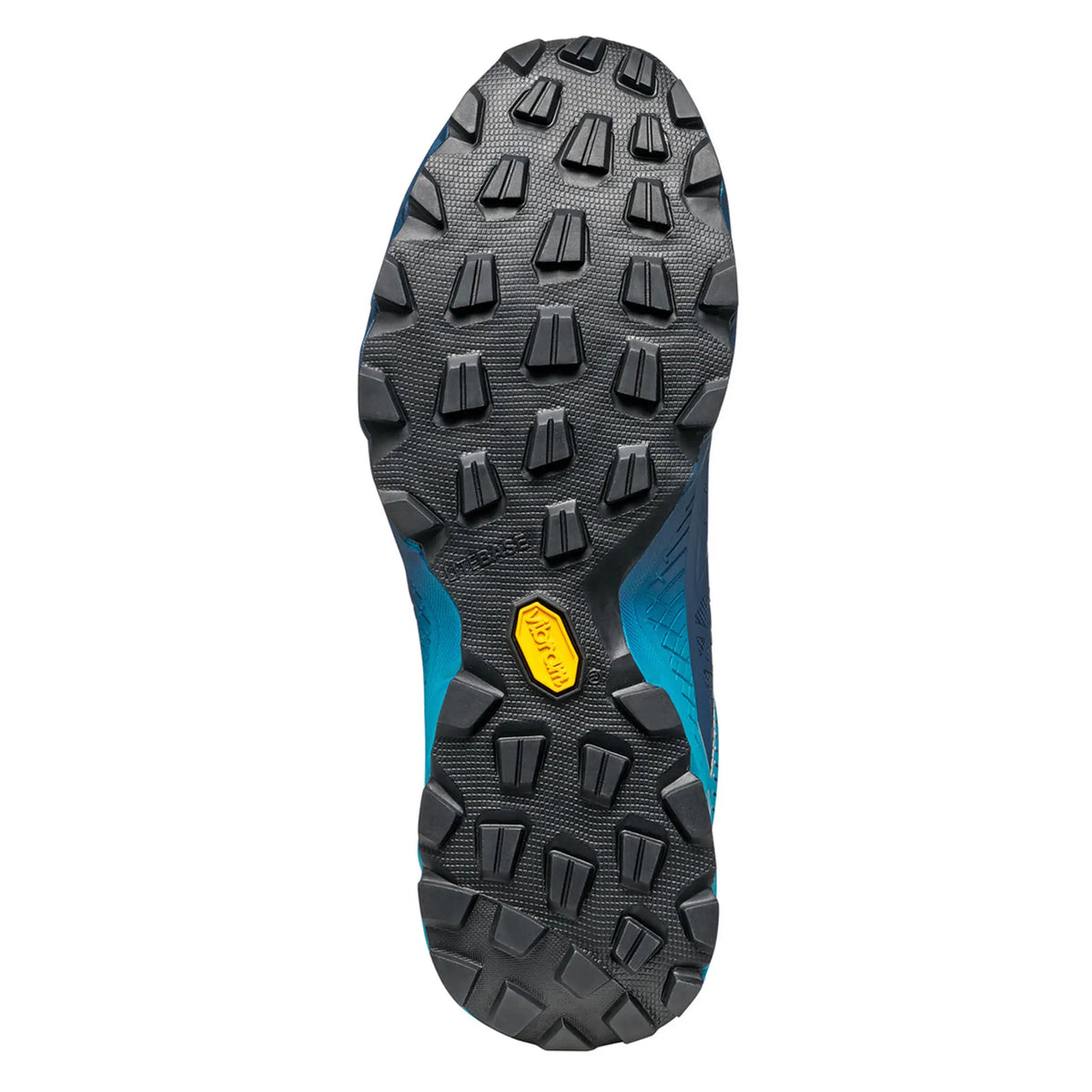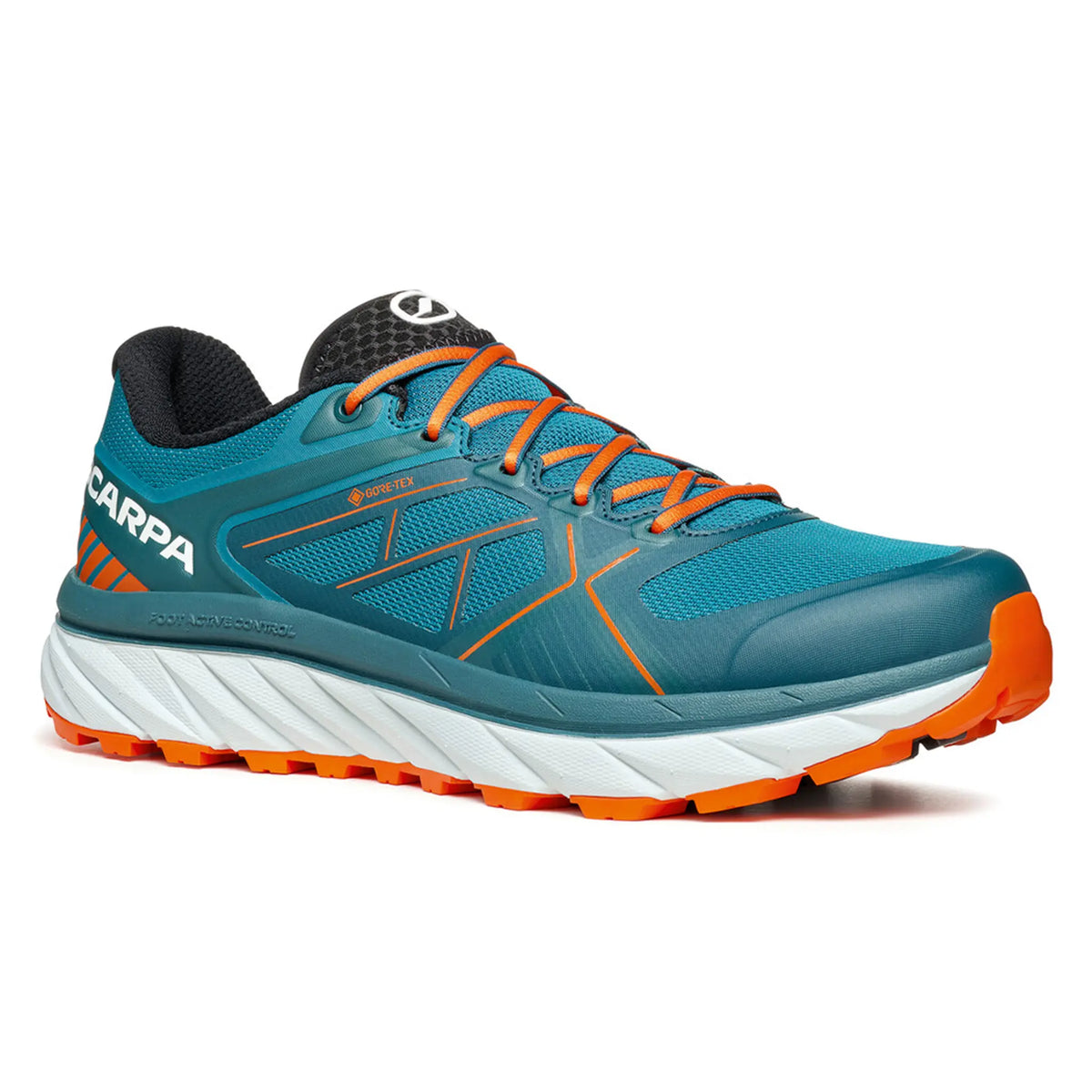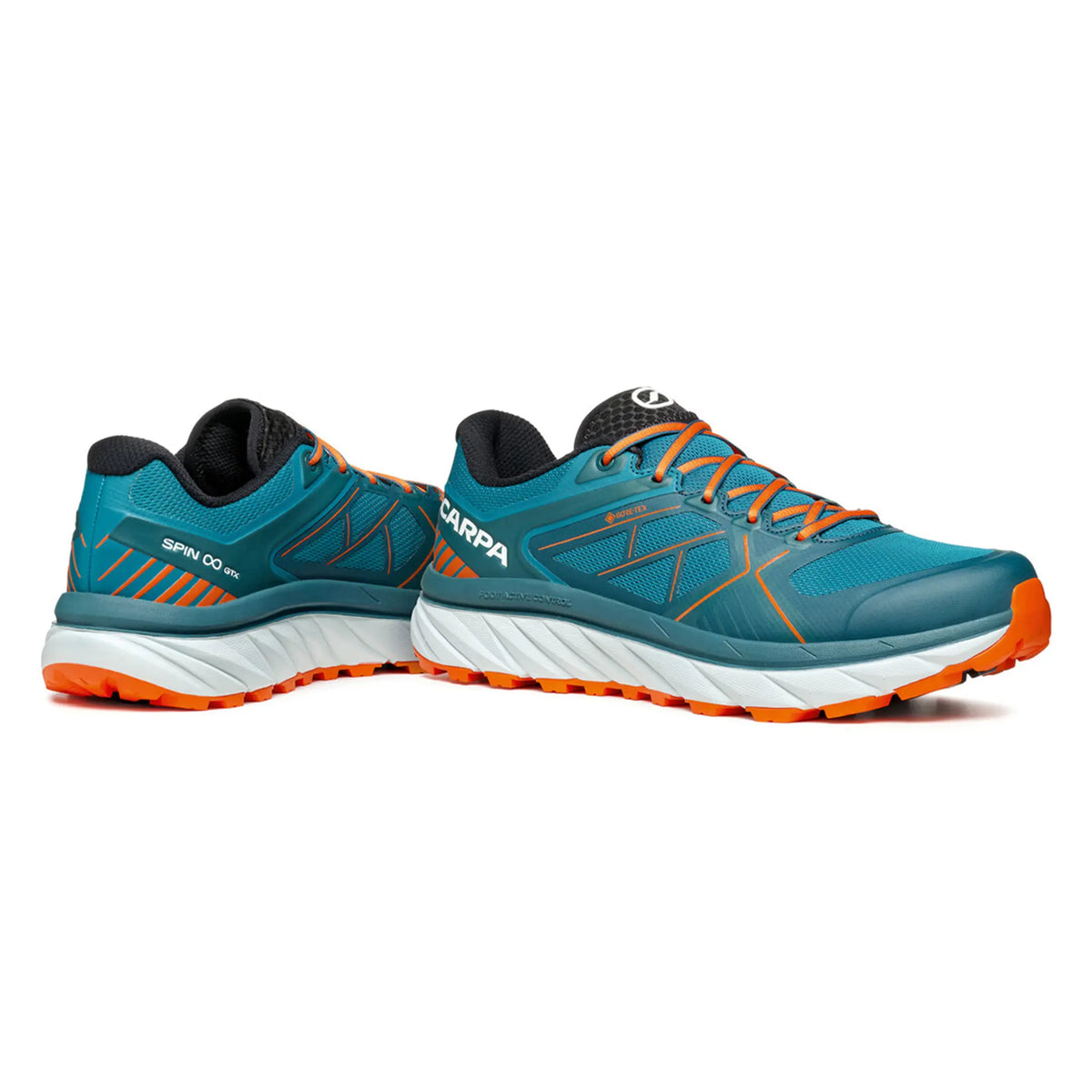With UTMB 2025 just around the corner we spoke to SCARPA Athlete Tim Pigott who is heading for Chamonix to take on the big race!
Read on for Tim's preparation for the race and the significance of running at UTMB 25 years after his life changing car accident.
Hi Tim, you are a couple of weeks away from UTMB – how are you feeling?
Excited and nervous in equal measure. UTMB is one of those races that sits near the top of the trail running world, and it’s been a quiet focus for years.
I’ve raced CCC before, and other major events, so I have some sense of the atmosphere Chamonix will hold.
I won’t be there for weeks beforehand like some of the pros, but I’ll arrive the week before to settle into the rhythm, see friends, the SCARPA family, and coached athletes, as well as work on some media projects.
I’m also out there to work as the SCARPA team physio. I’m grateful to be going not only as a runner, but as part of the team in other ways.
This race has been your big focus for this year – how has training been?
It’s been one of the most consistent and satisfying blocks I’ve put together. The numbers suggest I’m in a good place, but there’s always more that could have been done, that’s the reality when training sits alongside family and work.
Earlier in the year I had solid results, including 4th at the South Downs Way 50 mile. My main build-up race was UTS 100 mile, but things didn’t go to plan and I sadly DNF’d.
Those lessons will probably stay with me longer than any result. I recovered quickly, recce’d the UTMB route, and since then have had another strong run of training, including a week at altitude with my family and time using an altitude generator at home. I haven’t had the long camps many pros rely on, but I’ve been able to adapt well here in the UK, and I’m fortunate to have the support to make that possible.
You’ve been out and done some reccies – what part of the course are you most looking forward to?
I draw a lot of energy from the crowds, so certainly the early sections where the support is huge, the Hoka light tunnel before we then head into the first major climb overnight.
But then the later sections after Champex-Lac where the quieter Swiss sections have a softer beauty to them, and we’re more likely to be serenaded by the sound of bells from the alpine cows. It truly is a privilege to run through these landscapes that most only see in photographs.
And dreading the most?
The last section from Vallorcine to La Flégère – most technical elements of the race with roots and rocks to negotiate on tired legs, but also it means the adventure is coming to an end.
I often get quite emotional on the final climb of a race, because no matter how much pain you’re in, it’s also a reminder that something special is drawing to a close. Even those last tired steps are a reminder of how fortunate I am to be alive at all, let alone running a race such as this.
What are your aims for the race?
This isn’t a race I will be able to come back and repeat, at least not anytime soon. So, the goal is to enjoy it, and make sure I get to the finish line!
To savour the journey as much as the destination. It’s a celebration of all the work and sacrifice over the years. I have some time goals in mind, but that all depends on what the mountains decide to give us.
With long races like this, the start line plan rarely survives the first hours. Success depends on how well you can adapt in the moment, by making smart decisions at the right time.
What shoes are you going to run in?
The Spin Ultra 2.
I’ll have a pair of Spin Planets and Golden Gate 2s as back-up with my crew, but I’m unlikely to swap.
I’ve been using the Spin Ultra 2s for a few years now, testing a prototype version at Lavaredo 120k last year, and they are a fantastic shoe for long semi-technical trails.
I wore a pair for my recce run of the UTMB course in June and had zero foot issues, which for over 100 miles of running with a heavy pack is a good sign!
Running UTMB this year also marks 25 years since you had a life changing car crash. Does that landmark make UTMB even more special?
It does, in so many ways. For 25 years I’ve been proving medical opinion wrong. From being in a wheelchair, to learning to walk again with the support of my friends, family and medical staff, the idea of running 100 miles in the mountains was never a consideration.
I shouldn’t be able to run at all. Yet here I am, with a range of results I never dreamed possible even 10 years ago, with podiums at 100k to 100 miles.
Ultimately, through the support of SCARPA, I’ve realised a childhood dream of being classed as an elite runner, something no one back then would have expected.
However, there is no avoiding the fact that time and these races take their toll on my body, especially around some of the old fracture sites. It’s taking more effort to just stay in one place. I know the day is coming where I won’t be able to race events such as this, which is sharpening the mind on this particular build.
Thus, racing the 2025 edition 25 years after the accident, just has a nice ring to it, and I’m treating this as the pinnacle of my running career. Whatever happens during the race, I’ll be grateful for the miles I have been able to run, the people I’ve met and shared the trails with, and the second chance I was given 25 years ago.

What advice would you give to anyone else running UTMB or a big event like this?
For me, understanding the reason you are there is central to any success. ‘He who knows their why, can endure any how’. Then do your homework on the race so you know exactly what is required and how to succeed.
Combine your why, and your understanding of the how, and you give yourself the best chance of success. Too often I see people struggle or fail because they didn’t have a strong why, nor understand the unique demands of the race they’ve entered.
Whether it is UTMB or any other big event, knowing what to expect allows you to shape your training with purpose. Recce’s are always useful, but not everyone can (or should) travel long distances to recce a race route.
But that’s where online mapping, street view and race videos are invaluable. Then be honest with yourself as to whether you have the time and resources to prepare so you can enjoy the experience.
With UTMB being your main focus for the year – what’s next for you once UTMB is done?
Pizza and more family time! Training for big events like this takes a lot of hours, which requires sacrifices.
It’s important after major events to have some down time; mentally, emotionally, physically. Post-race blues can be a problem, so I make sure I have things to look forward to. I’ve got a walking weekend away with my old school mates coming up, more date nights with my wife, and supporting my son with his transition to high school. I’ll be riding my bike more and running just for fun.
Longer term, I’ve got a few bucket list races I’d like to work towards, particularly point to point races, but also to do more personal adventures on various long distance trails where I’ve then got more flexibility with the diary to fit in around family commitments. The emphasis will be on adventures and experiences rather than chasing times for a while, and being grateful for the chance to keep moving forward.

